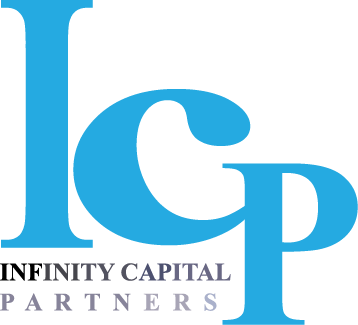Is blockchain the revolutionary technology that will rewrite the rules for the finance industry, identifying authenticity and verifying payment flows that arise at a business-to-business level or between business and consumers and peer-to-peer? The consequences of the blockchain evolution would significantly open the field for technology platforms and reduce operational costs. This would also be a major challenge to the established institutions in the consumer finance and business finance sectors. In order to be successful, this technology will need to overcome a number of legal and regulatory issues.
What is blockchain?
Blockchain provides a new approach to holding and authenticating data. It is a database operating through distributed ledger technology in which data is recorded on computers, by way of a peer-to-peer mechanism, based on pre-agreed consensus algorithms in the applicable participating network. It is a form of database where data is stored in the chain in either fixed structures called ‘blocks’ or algorithm functions called ‘hashes’.
Each block includes unique features such as its unique block reference number, the time the block was created and a link back to the previous block. Each block is reviewed by a number of nodes and the block is only added to the database if the node reaches consensus that the block only contains valid transactions. Content includes digital assets and instructions which reflect the transactions and parties to those transactions. The ability to track back through previous blocks in the chain makes it possible to identify transactions back to the first ever transaction completed, enabling parties to verify and establish the authenticity of the assets in the latest block. This makes blockchain exceptionally accurate and secure.
The blockchain is based on specialist users of the system being able to apply advanced computing software to identify time stamped blocks, verify the accuracy of the block using sophisticated algorithms and add the verified block to the chain. As the number of participants increases, the replication of the data over a wider base makes it harder for any person to alter the data in the chain. Any attempted addition or modification to the information on a block needs to be approved by all users in the network and verification of any block can only happen through a ‘proof of work’ process.
As a result, the data is identified and authenticated in near real-time, providing a permanent and incorruptible database sufficiently robust to operate as a store of value (eg in the case of cryptocurrencies such as Bitcoin) or providing an indisputable record for example relating to securities transfer and partnership. If the above description holds true, blockchain provides a revolutionary technology that could save the finance industry billions of dollars (for example, in settlement and reporting costs) but may impact the need for certain types of trusted third parties.
Important features
One of the most important features about blockchain is that it is a decentralised system, created and maintained by users of the network rather than being dependant on any central or third party intermediary. The blockchain may be public and open (‘permissionless’ or ‘unpermissioned’) or structured within a private group (‘permissioned’).
Permissionless blockchains include Bitcoin and Etherium, in which anyone can set up a node that validates, observes and submits transactions. The identities of the participants are not known (other than the unique and random identities known as an ‘address’). Permissioned ledgers restrict participation in the network and only the specific participants are given access and are known within the network. The network is private, and only organisations that have been authorised can participate and view transactions. Permissioned technologies include the Hyperledger Fabric project and the JPMorgan Juno project.
The development of blockchain technology enables parties to establish and transfer assets or information securely without the need for a trusted third party such as a bank or registrar. Verification is provided within the electronic system rather than based on, for example, a bank to bank identification number. Blockchain is best known for its role in establishing electronic currency such as Bitcoin. As a means of creating and securely transferring value on a fast and cost-efficient basis, it is viewed as a disruptive technology that could replace major aspects of the banking system. Blockchain may be used to improve various functions such as currency exchange, trade execution, peer-to-peer transfers and even enhance the application of and compliance with anti-money laundering rules.
